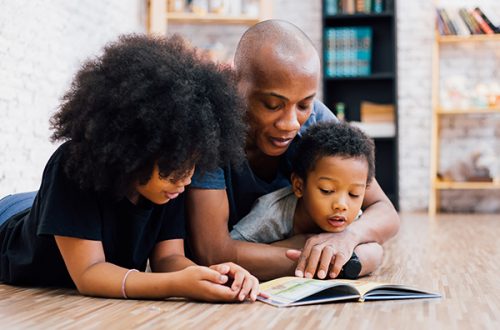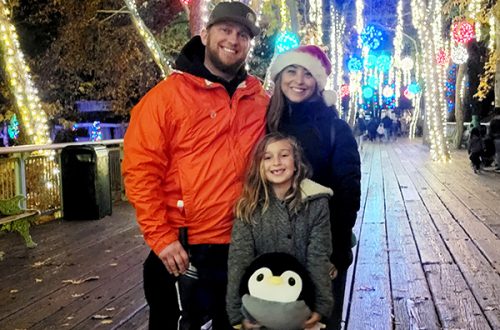
Art in Schools
Studying the Masters so Young?
By Brad Kava
When I asked my 5-year-old son what he did in his afterschool program the other day, he said he learned about Monet.
“Money?” I ask.
“No, Monet, he’s a painter,” he replies.
I sent him to the Apple Afterschool program, thinking it was just a place for him to play after school, where they even walked him from his half-day kindergarten class to the nearby center and did the usual crafts, games, and child projects.
The next day, a different conversation.
“Do you think Frida Kahlo was friends with Monet?” he asks me.
I was pretty much stumped on that one but knew they lived on different continents in mostly different eras.
“I’ll have to ask your teacher,” was the best I could do before we got home to ask Alexa or look it up on the internet.
I was intrigued, to say the least.
Just before that, I read an article in Psychology Today called “All Work and No Play,” lamenting that kindergarten has become the new first grade, rather than a place for play and not pressure academics. I strongly disagreed with the article, thinking that they have plenty of time to play at home, and for motivated kids with great teachers, play and academics can merge.
That’s apparently what’s been happening, not just in his afterschool, but in public schools where volunteers are teaching kids a program called Art Masterpiece, an enrichment program to teach students about the history and wonders of art.
I have to confess, as a New York public school student, I didn’t learn about Monet or Kahlo until college. I sort of feel dumber than a 5-year-old. But, I sure appreciated that someone was taking him into the world of culture at a young age.
I couldn’t resist meeting his teacher Mallory Meyer, who works with a skilled artist, Anna Luisa Morales, on the month-long art curriculum, which included helping the kids paint in the styles of the masters.
“We try to generate knowledge they might not get in school,” said Meyer, whose program goes from K through 5th grade. “We teach general interest as opposed to things they’d be tested on. We want them to want to remember things rather than have to remember them. And we want to encourage them to go out and learn things on their own.”
It’s working with my boy, Parker, who keeps telling me about “obstacle” illusions, although I know, he means “optical.” He made a paper airplane with an obstacle, I mean optical illusion, on it.
He painted a Monet-style piece but not with the dots known as pointillism (yeah, my college education kicked in).
“Why no pointillism?” I ask.
“Too much work,” he replies. “That takes a long time to paint.”
Meyer knows about the “Psychology Today” criticisms and considers them.
“Kids don’t want to sit here and do math and reading and writing. We do more hands-on activities where they get to make things.”
Don’t get me wrong: She strongly believes in books and reads to them every day “to bring imagination to life.”
But she also teaches them things for about a half-hour a day, and then they do related activities. This month it’s geology. Next month, Black History followed by women’s history, aviation, and California history.
The duo are masters at changing the school space with cardboard boxes. The playhouse has been an art store, a travel agency, a popcorn stand, a hair salon, a fish market, a kitchen.
“We’ve learned to create almost anything from a cardboard box,” says Meyer.
Do you have a great school program we should write about? Please let us know at [email protected].


You May Also Like

Black History Month 2022
January 27, 2022
Fave part of Preschool
January 27, 2022

